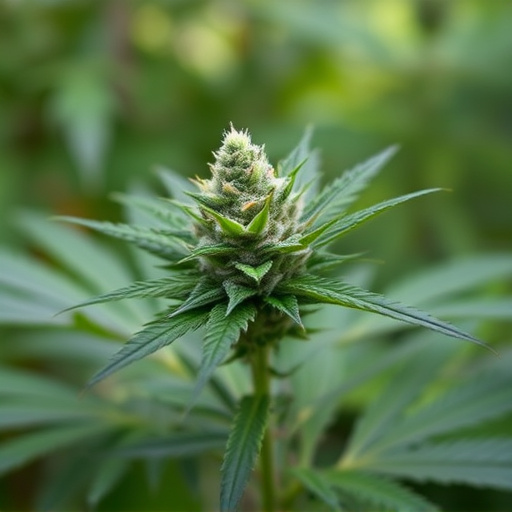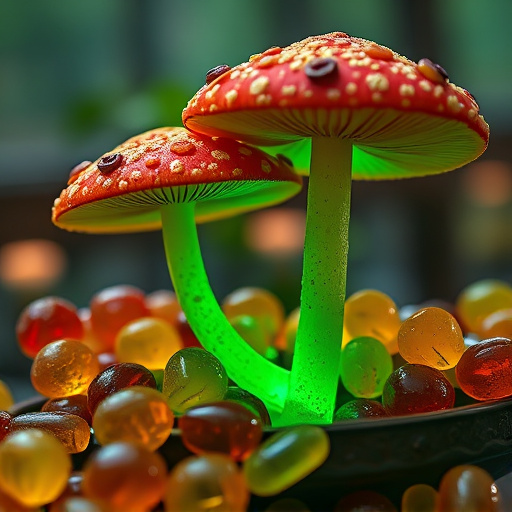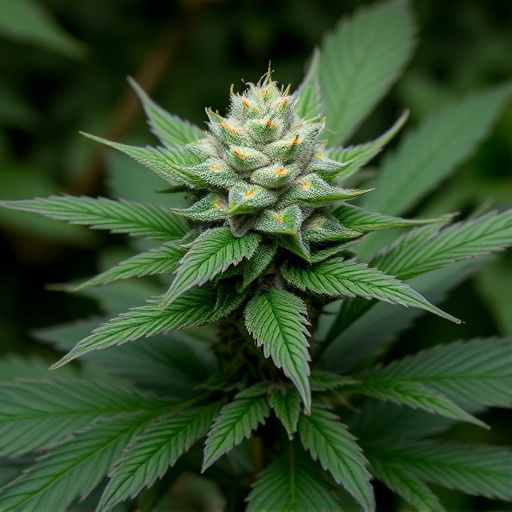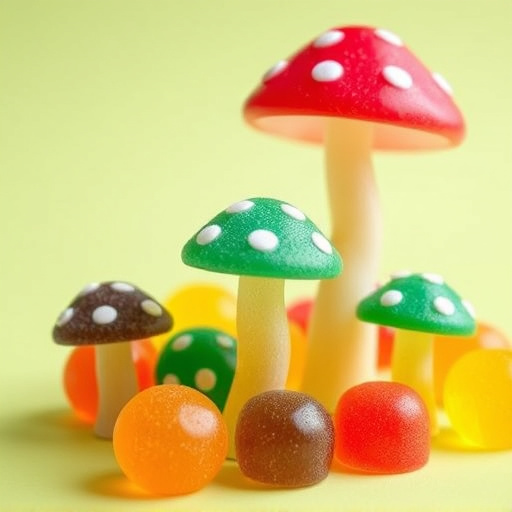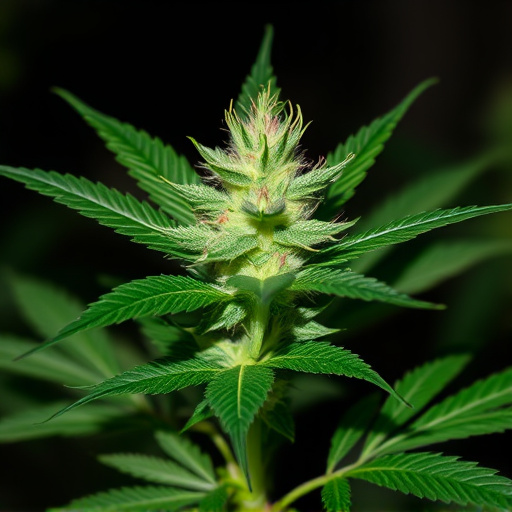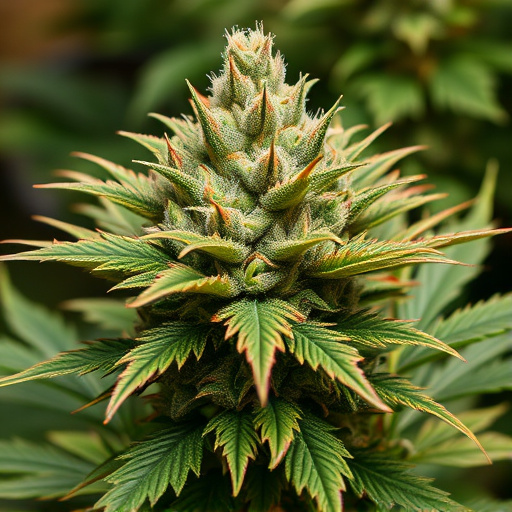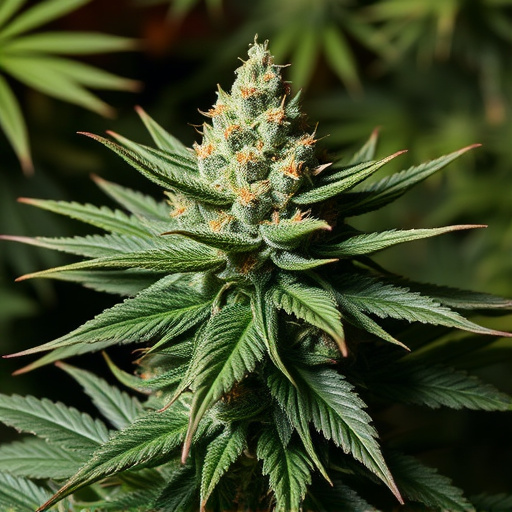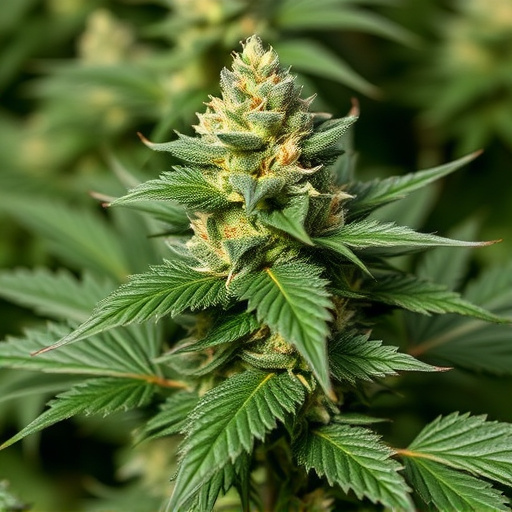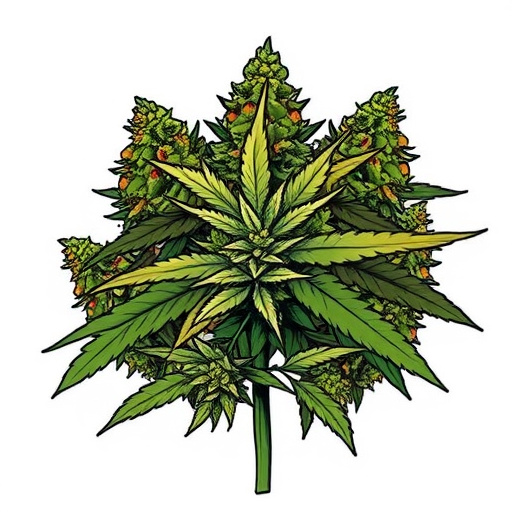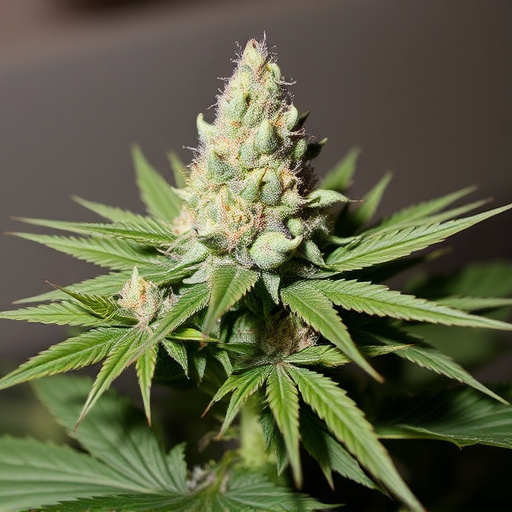Cannabis, particularly Big Bud strains, offers natural sleep solutions through its complex interplay of cannabinoids like THC and CBD. While THC can disrupt sleep, CBD regulates healthy patterns. These strains, rich in CBD or specific terpenes, promote relaxation and restful sleep without insomnia. Personalized dosing and strain selection based on tolerance and individual responses are crucial for optimal results.
“Unravel the enigmatic relationship between cannabis flower and sleep cycles in this comprehensive guide. With growing interest in natural remedies, understanding how cannabis influences rest is paramount. We explore the science behind its effects on sleep, focusing on the role of Big Bud strains, renowned for their relaxing properties.
Delve into strategies to navigate strain potency and individual responses, ensuring optimal cannabis-aided sleep. Discover tips to unlock restful nights without compromising quality.”
- Understanding Cannabis and Sleep: The Science Behind the Effect
- Big Bud Strains: Unlocking Relaxation and Restful Sleep
- Navigating Strain Potency and Individual Responses to Cannabis for Sleep Aid
Understanding Cannabis and Sleep: The Science Behind the Effect

Cannabis, particularly its flower or bud, has long been associated with relaxation and sleep aid, but understanding the science behind this effect is crucial. The interaction between cannabis and our sleep cycles is complex, influenced by various compounds found in the plant, including tetrahydrocannabinol (THC) and cannabidiol (CBD). Research suggests that THC, the primary psychoactive compound, can disrupt sleep patterns by binding to receptors in the brain, leading to feelings of euphoria and potential insomnia. However, CBD, a non-psychoactive compound found in big bud strains, has gained attention for its potential sleep-regulating properties.
Studies indicate that CBD may help promote healthy sleep by interacting with the endocannabinoid system, which plays a role in regulating sleep-wake cycles. Big bud strains, known for their high CBD content, offer an alternative option for individuals seeking natural remedies for sleep issues. By understanding the specific compounds and their effects, users can make informed choices when utilizing cannabis as a potential sleep aid, ensuring a more restful night’s sleep without the disruptive aspects often associated with THC.
Big Bud Strains: Unlocking Relaxation and Restful Sleep

Big Bud strains are renowned for their potent effects on inducing relaxation and promoting restful sleep. These varieties, characterized by their dense, large flowers, offer a unique blend of cannabinoids and terpenes that work synergistically to calm the mind and body. The dominant cannabinoid in many Big Bud strains, tetrahydrocannabinol (THC), is known for its sedative properties, helping to alleviate stress and anxiety, ultimately preparing the body and mind for a deep, restorative sleep.
The key terpenes found in these strains, such as myrcene and linalool, further enhance the soothing experience. Myrcene, with its earthy scent, has been linked to increased relaxation and improved sleep quality. Linalool, often described as having a lavender-like aroma, is renowned for its calming effects on the nervous system, making it an excellent choice for those seeking a peaceful night’s rest. When consumed responsibly, Big Bud strains can be a game-changer for individuals struggling with insomnia or seeking a more tranquil sleep experience.
Navigating Strain Potency and Individual Responses to Cannabis for Sleep Aid
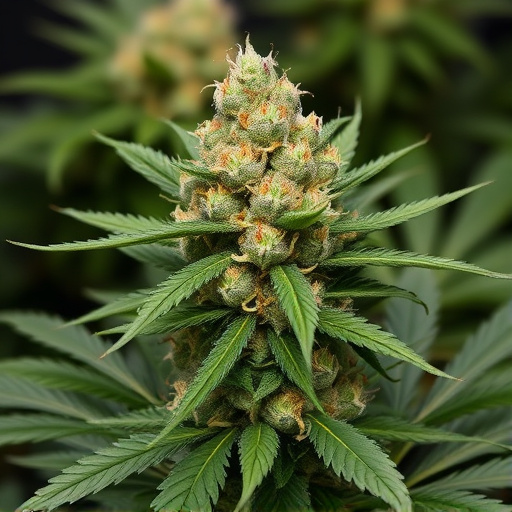
Navigating Strain Potency and Individual Responses is key when using cannabis for sleep aid. Different strains, like popular Big Bud varieties, offer a range of effects due to varying cannabinoid profiles (e.g., THC, CBD). High THC strains can induce relaxation and sleepiness, but they may also increase anxiety or paranoia in some individuals. Conversely, CBD-rich strains are gaining popularity for their potential insomnia relief without the psychoactive effects.
Personal tolerance and sensitivity play a significant role. Some people might find subtle doses of THC effective for easing stress and promoting slumber, while others require higher concentrations. Experimentation is crucial to discover the optimal strain and dosage that aligns with individual needs. Keeping a sleep diary can help track progress and identify patterns in response to different cannabis varieties.
Cannabis, particularly Big Bud strains, can offer a natural approach to improving sleep cycles. By understanding the science behind its effects and tailoring strain selection to individual needs, people may find relief from insomnia and enhance their overall rest. While further research is needed, exploring cannabis as a sleep aid demonstrates promise for those seeking alternative solutions.
